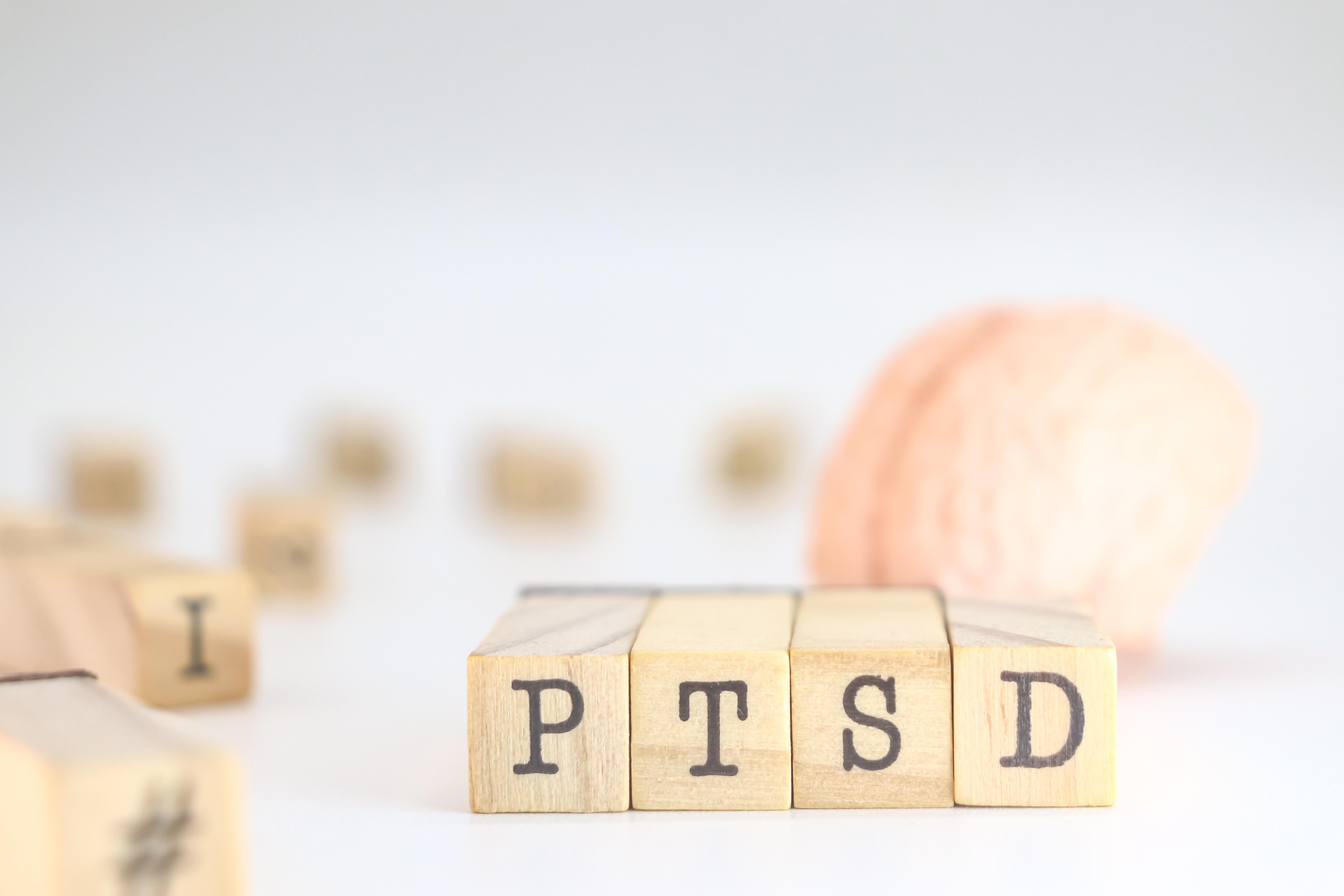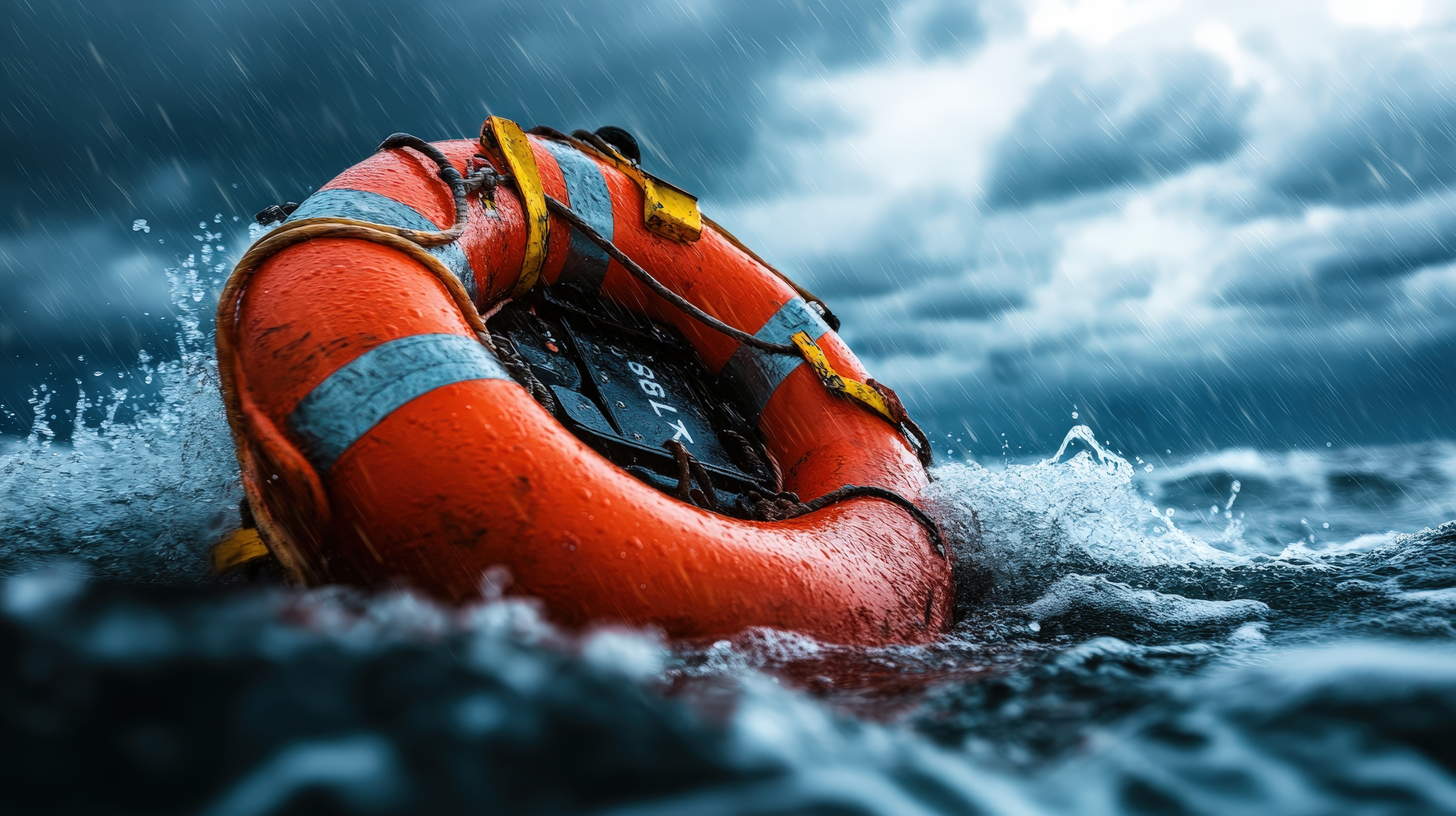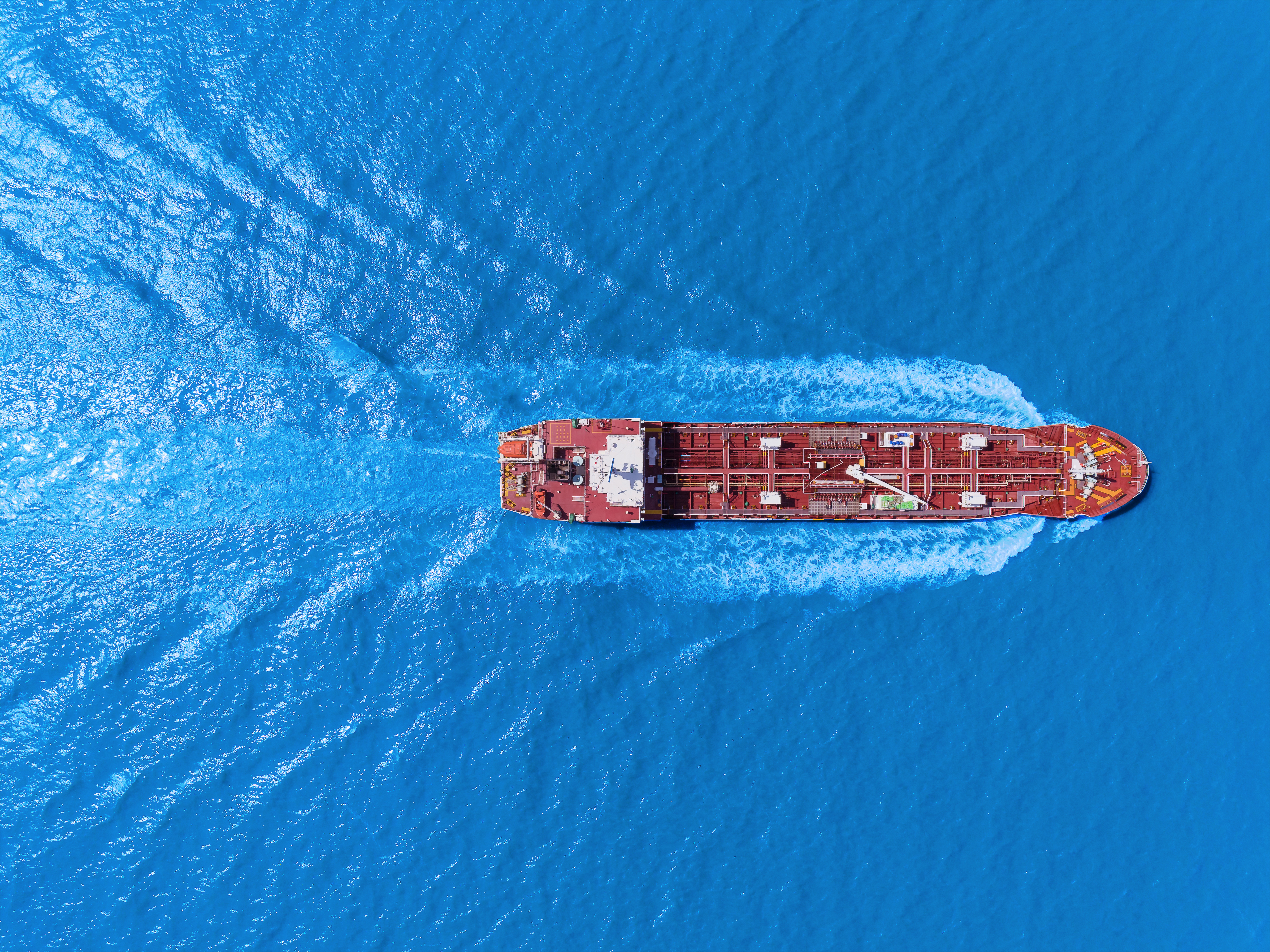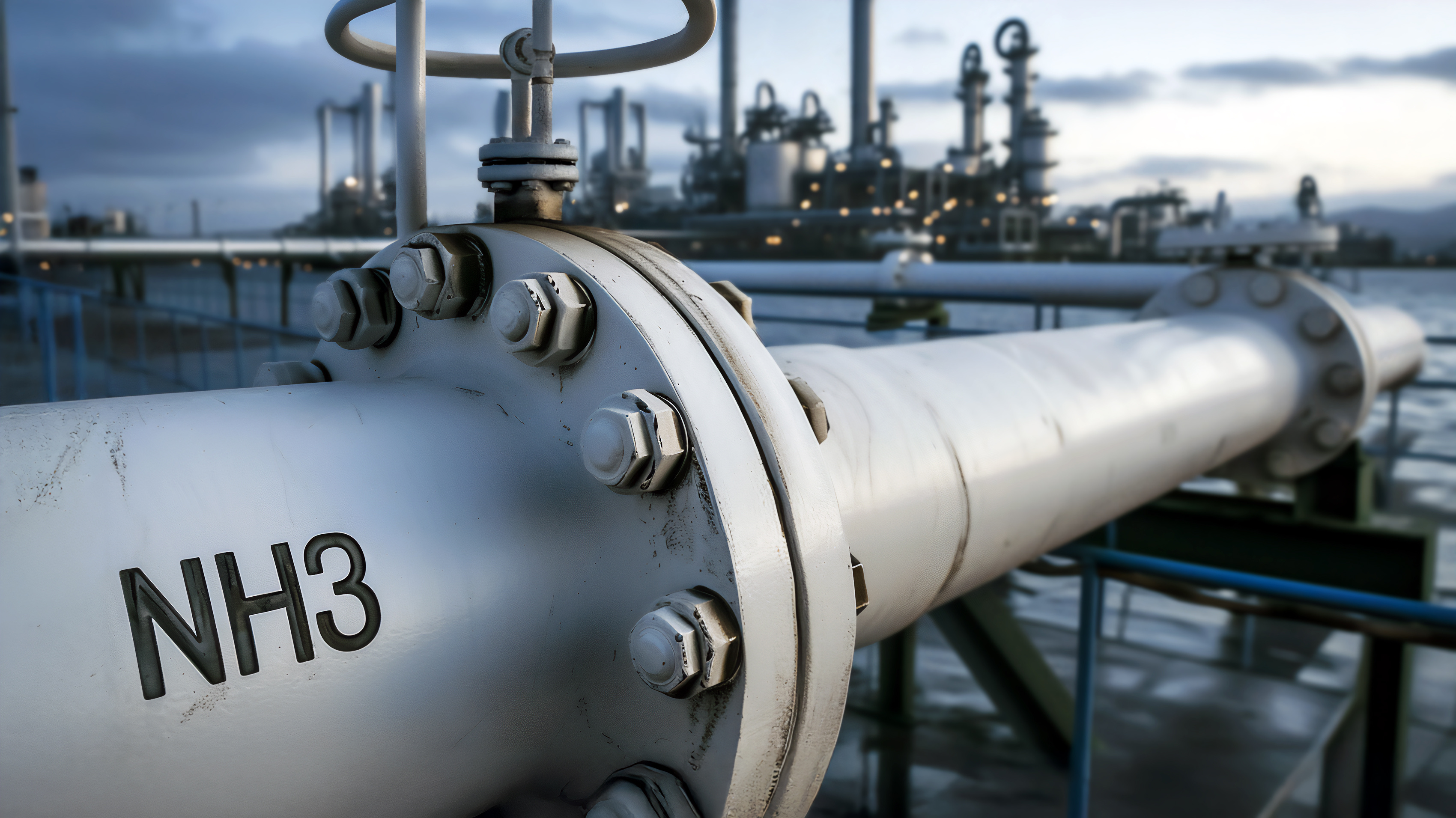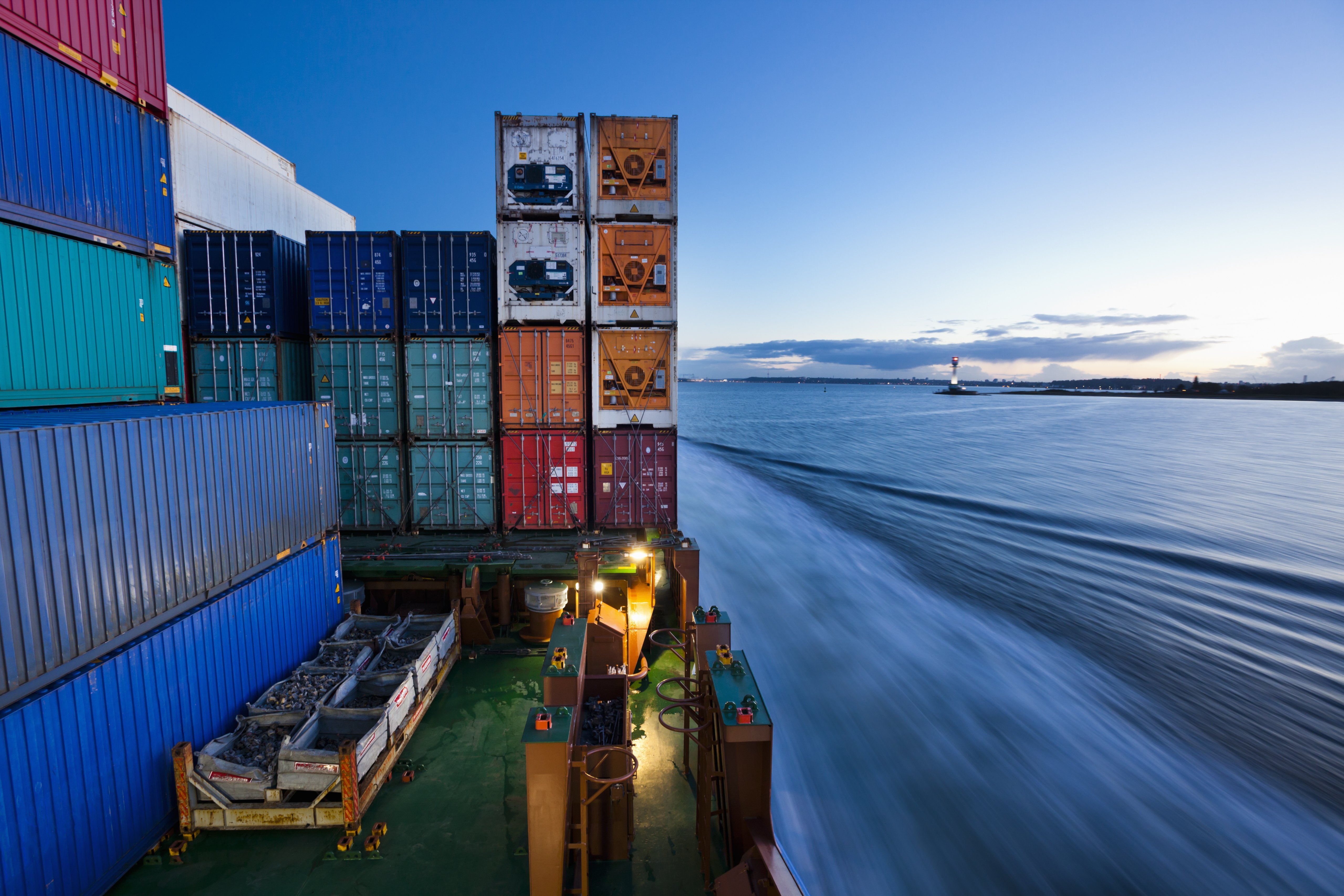
Introduction
There have been many collisions between cargo ships and fishing vessels near Japan due to the large number of fishing vessels that operate in the waters in this region, the following tragic accident happened in May, 2021.
Cargo ship-fishing vessel collision on 26 May 2021
Near the city of Mombetsu in Hokkaido, the crab fishing boat No.8 Hokko Maru collided with a Russian cargo ship. The fishing boat capsized and three of its crew members died. The Japan Coast Guard is currently conducting an investigation that includes the possibility that the crew of the Russian cargo ship did not spot the fishing vessel, which had stopped for fishing operations. Three of the five crew members of the No.8 Hokko Maru died and the other two sustained minor injuries.
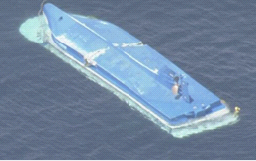
Photo: NHK, 27 May 2021
This report uses the most recent information available concerning collisions in Japan between cargo ships and fishing vessels to consider ways to avoid such collisions.
Information from the Japan Marine Accident Tribunal
Collisions account for the highest share of the large number of marine accidents that are handled by the Japan Marine Accident Tribunal. In 2019, this tribunal made rulings on 114 collisions, accounting for 38% of the tribunal’s 304 rulings during the year. A total of 237 ships of the following types were involved with these collisions (see Table 1).

Table 1: Number of vessels by ship type involved in a collision (2019)1
As you can see, fishing vessels hold the largest percentage share of vessels involved in collisions.
(Note: the figures in this table include fishing vessel collisions with objects other than cargo ships, such as with other types of ships and with marine structures.)
The following table is a summary of all collisions between cargo ships and fishing vessels in 2019 and 2020 based on materials prepared by the Japan Transport Safety Board.
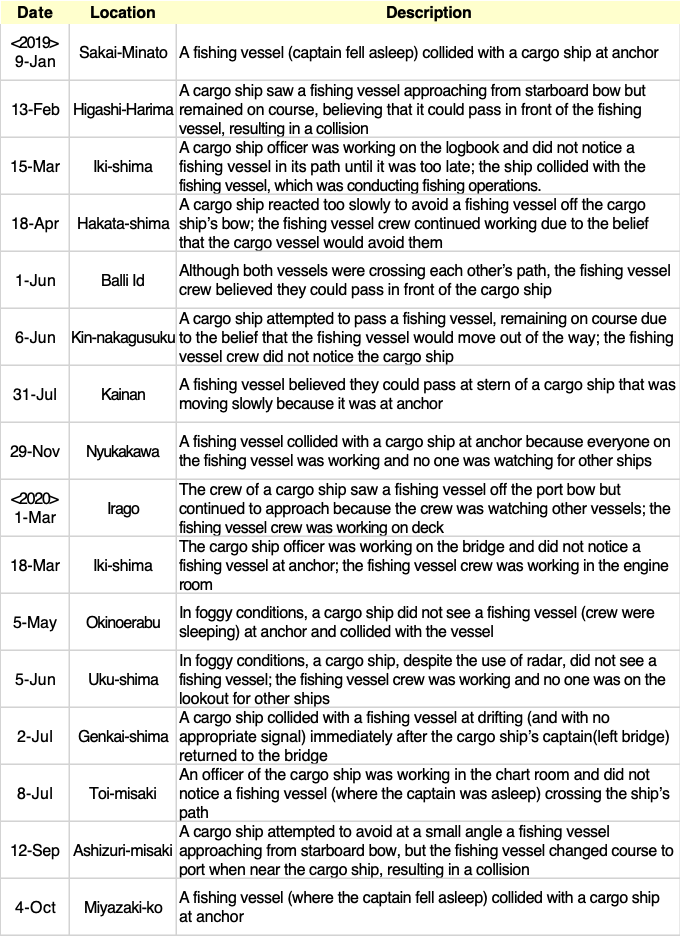
Table 2: Summary of Cargo Ship-Fishing Vessel Collisions (2019-2020)2
These incident reports show that both cargo ships and fishing vessels are, at present, not doing enough to avoid collisions and watch for other ships.
The causes of these accidents in 2019 are shown in Table 3 below. As is evident in the information in Table 2, the primary causes are an inadequate lookout for other ships and falling asleep while operating a vessel.
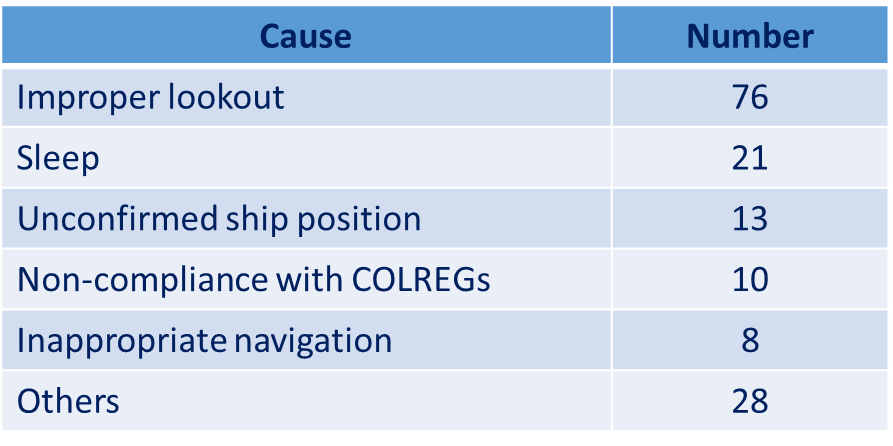
Table 3: Causes of marine accidents on fishing vessels in 20193
Actions to take when near a fishing vessel
What should the crew of a cargo ship do when they encounter a fishing vessel? Obviously, the crew should comply with the International Regulations for Preventing Collisions at Sea (COLREGs). In addition, when encountering numerous fishing vessels located closely to each other, the following are also important:
- Any action to avoid a collision must be large and made in ample time (Rule 8)
- A proper system should be enforced for lookout shifts and constant vigilance of lookouts (Rule 5)
- Consider a reduction in speed and the use of manual navigation (Rule 6)
- Maneuvering and warning signals (Rule 34)
In Table 3, four of the top five causes of problems (all except failure to confirm the ship’s position) involving fishing vessels are responsible for 115, or 73%, of all incidents. These four causes indicate that fishing vessels, for some reason, cannot be relied upon to take action to avoid other ships.
Consequently, when a cargo ship encounters a fishing vessel, the cargo ship should act quickly before there is a risk of a collision as defined in COLGERs Rule 7, so long as conditions permit (including time, distance, nearby vessels, and other factors). Operators of cargo ships must be aware of the need to act on their own in order to avoid collisions with fishing vessels.
-------------------------
1Data sourced from The Japan Marine Accident Tribunal Annual Report 2020, www.mlit.go.jp/jmat/kankoubutsu/report2020/report2020.pdf (NB this report is in Japanese only)
2Table taken from the website of the Japan Transport Safety Board
https://www.mlit.go.jp/jtsb/english.html%22%20%5Ct%20%22_blank3Data sourced from The Japan Marine Accident Tribunal Annual Report 2020, www.mlit.go.jp/jmat/kankoubutsu/report2020/report2020.pdf (NB this report is in Japanese only)


